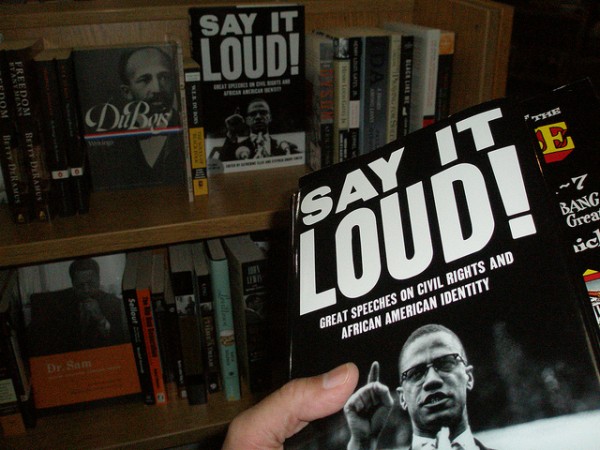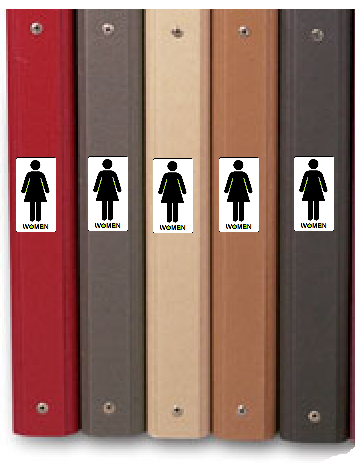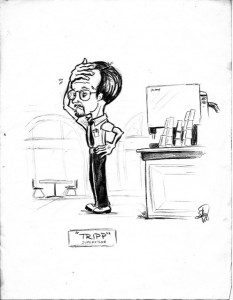
Binge drinking has been tied to both genetic propensity (nature) and peer influence (environment). Using data from the College Roommate Study and National Longitudinal Study of Adolescent Health, Guang Guo, Yi Li, Wang Hongyu, Cai Tianji, and Greg J. Duncan investigate the interplay between these social and biological influences in the case of college binge drinking.
The authors hypothesize that genetics modify the effects peer influences on binge drinking. For example, the impact of peer pressure on one’s likelihood to engage in a drinking game would depend genetic predispositions toward heavy drinking. Guo and colleagues use a type of “natural experiment” – where randomization is present, but not introduced by the experimenter via manipulation – in which college roommates are randomly assigned, thus removing the influences of friend selection (since people who are more likely to drink are more likely to be friends) and potential correlations between the genes and environment. Based on genetic markers empirically linked to alcohol use, the researchers split the sample into three groups in terms of their genetic propensity for alcohol use (low, medium, and high).
Controlling for various respondent and roommate characteristics, the researchers find that having a roommate who drinks increases binge drinking, on average, by 20-40%. Peer influence, though, only has an effect among those with a medium propensity to drink: the influence of peer influence is eight times higher for medium propensity drinkers than for either low or high propensity drinkers. In other words, low propensity drinkers and high propensity drinkers are largely unaffected by peer influences to drink in college, whereas those “on the bubble” are more likely to drink when their roommate imbibes. The study highlights how social and biological factors work in tandem, illustrating a further mechanism by which social interventions can impact individuals differently. In the meantime, universities’ “one size fits all” safe drinking initiatives are unlikely to make much difference in students’ binge drinking behaviors.









